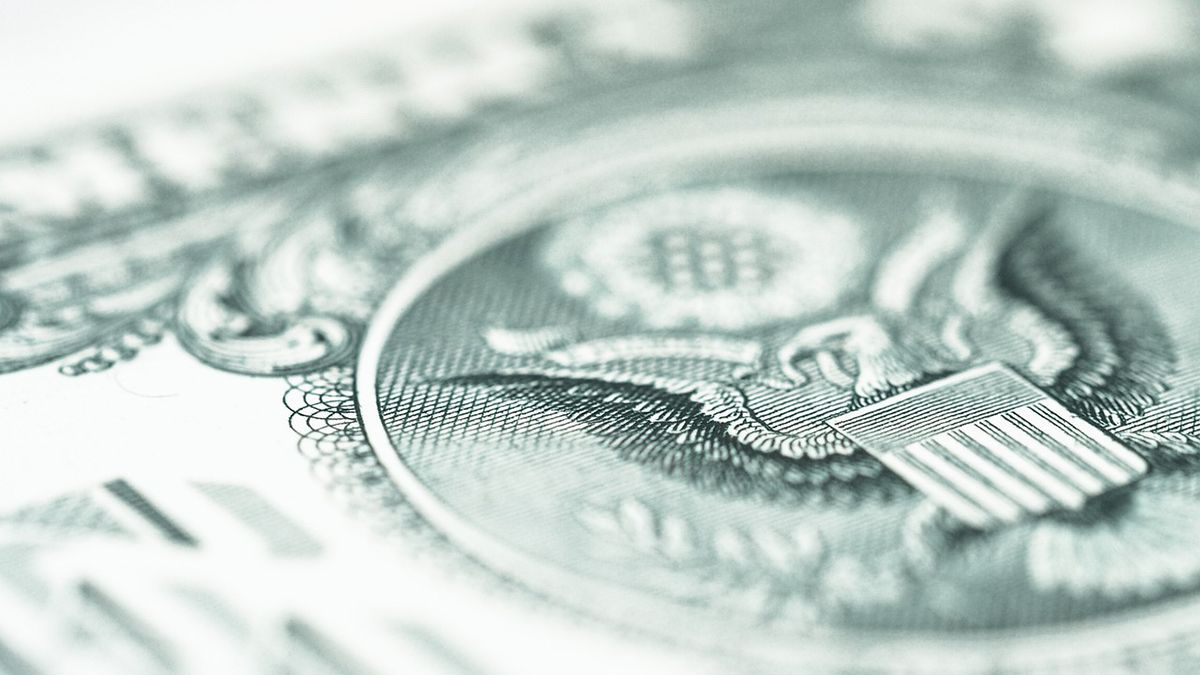He global dollar rose slightly but stalled again near a two-month high in the early hours of Friday, as traders digested the latest inflation and employment data from USA while an increase in British economic growth failed to lift the pound from its one-month lows.
The movements were quite moderate in the main currencies: the euro fell 0.06% to $1.10931, the pound remained stable at $1.3058, and the dollar rose 0.3% compared to yen at 149.02.
That left the dollar index —which measures the performance of the greenback in relation to a basket of six internationally relevant currencies— at 102.95 units, a slight increase but taking a breather after its recent and constant rise that took it above 103 points on Thursday , its highest level since mid-August, as traders reduced their bets on further sharp rate cuts by the Federal Reserve (Fed) at its remaining meetings this year.
Those expectations, now for a 25 basis point rate cut in November and December, were not altered by Thursday’s data on the core inflation of US consumer prices, which reached 0.3% in September. The figure was slightly above expectations, which pointed to a stagnation in progress in the anti-inflationary fight of the Fed, But this yellow light was tempered by the high weekly unemployment claims figures.
“Yesterday’s data from the United States has taken away part of the bullish momentum to the dollar”, explained to Reuters Lee Hardman senior currency analyst MUFG, “although in terms of the impact on the policy formulation of the Fed, We think it is quite limited. “There’s a lot of noise there.”
Meanwhile, weekly unemployment claims data were skewed by the hurricane Helene and those next week will be affected by the hurricane Milton.
Eyes on France and the United Kingdom
The british economy rose in August after two consecutive months of stagnation, providing some relief to the Finance Minister, Rachel Reeves, ahead of the new Labor government’s first budget later this month. However, the pound remained virtually stable against the dollar and little change against the euro, at 83.69 pence per common currency; while the most influential data are inflation and the labor market, which will be known next week.
Operators are also attentive to the french politics, after the government presented its budget by 2025 with plans for spending cuts and tax increases worth €60 billion ($65.5 billion) for the rich and big businesses to tackle a growing fiscal deficit.
The budget is unlikely to be approved until December, as the French prime minister, Michel Barnier, and his allies in the president’s camp Emmanuel Macron They lack a majority by a considerable margin and will have no choice but to accept numerous concessions.
As a result, the immediate risk to the euro from French policy is that the rating agency Fitch plans to update its opinion on the debt of France late Friday, which could trigger a short-term reaction. “But I don’t think I would have a negative impact sustained. For that to happen, French bonds would have to suffer a stronger sell-off and trigger a sustained lack of confidence,” Hardman noted.
The dollar fell in Uruguay
In Uruguay, meanwhile, the dollar fell 0.17% compared to the previous day and closed at 41,726 pesos, according to the price of the Central Bank (BCU), so it fell back after two days on the rise and moved away from the 42 peso range.
Despite this decline, in keeping with the international context, the US currency remains positive so far this month, with an appreciation of 0.21%, while in the accumulated year the dollar improved by 6.93% when compared to the end of 2023.
Source: Ambito
David William is a talented author who has made a name for himself in the world of writing. He is a professional author who writes on a wide range of topics, from general interest to opinion news. David is currently working as a writer at 24 hours worlds where he brings his unique perspective and in-depth research to his articles, making them both informative and engaging.




